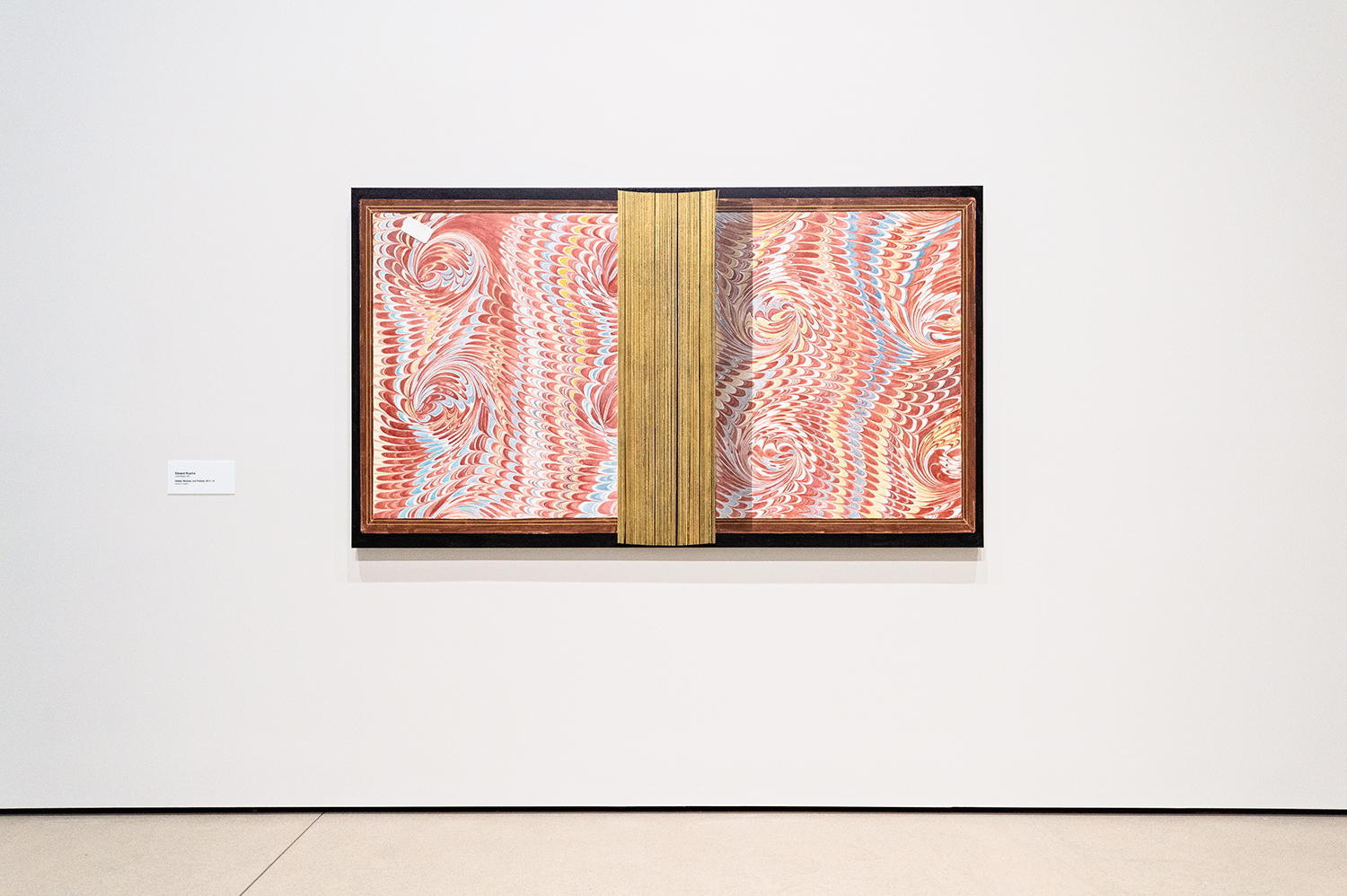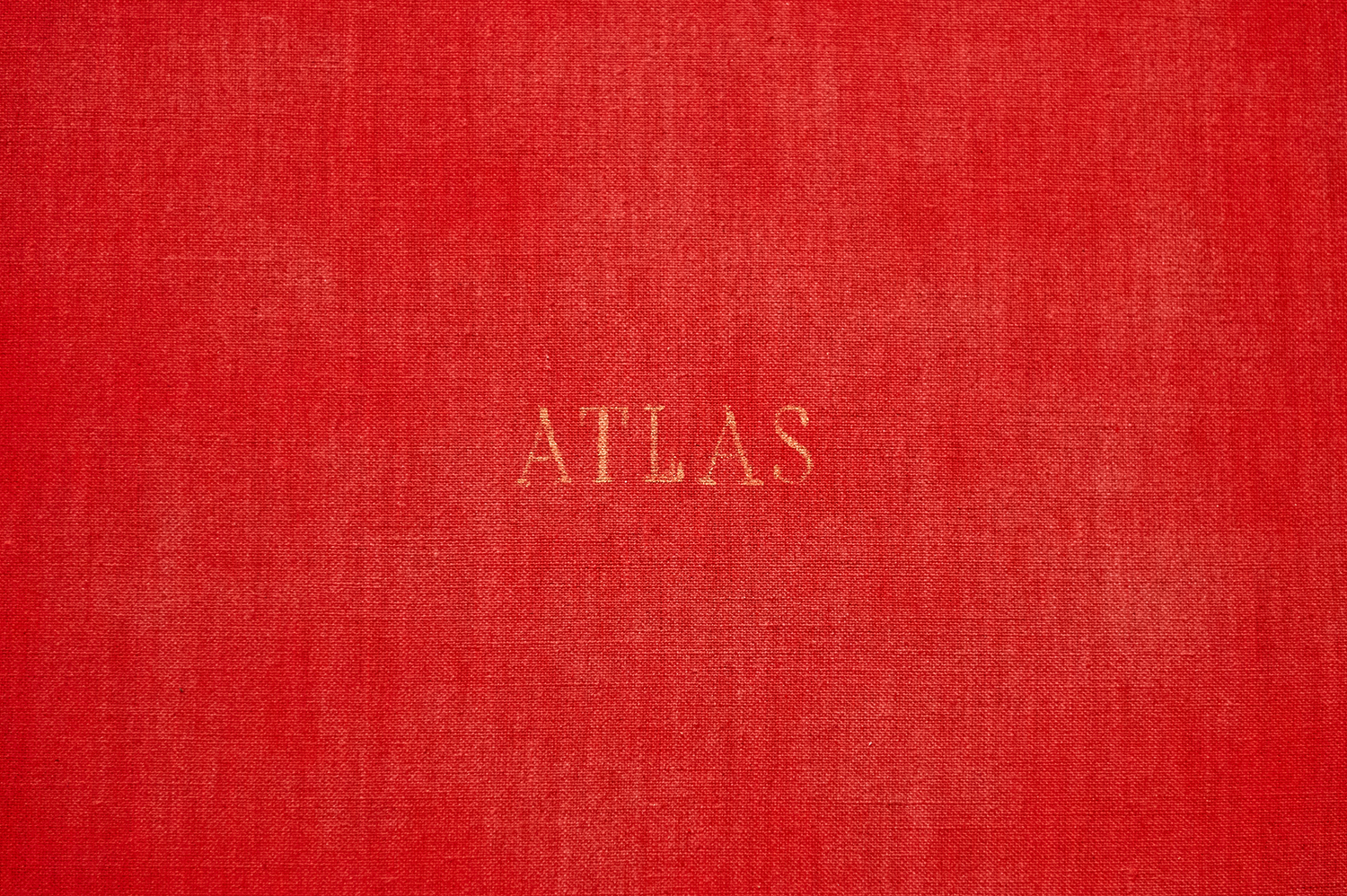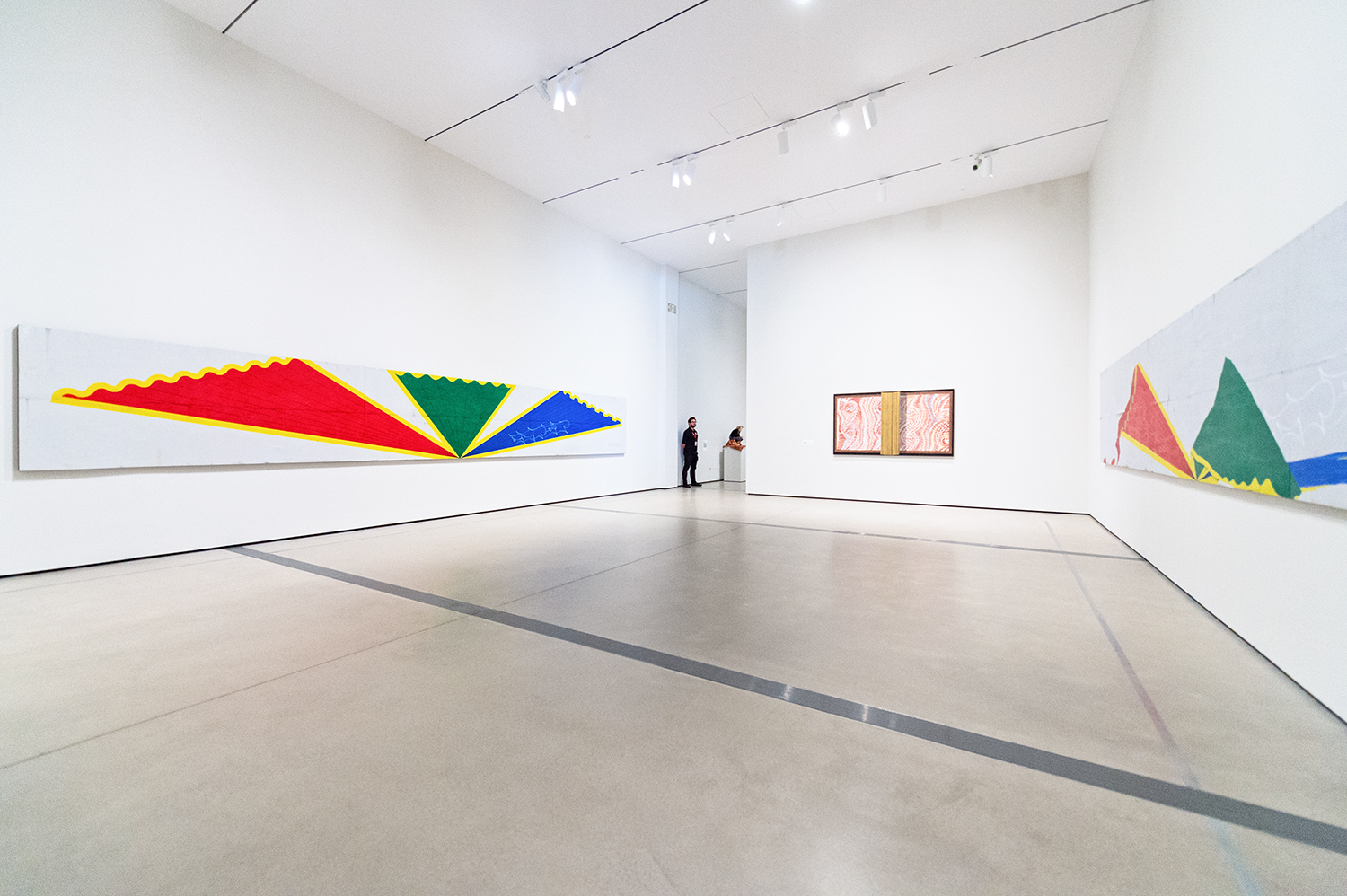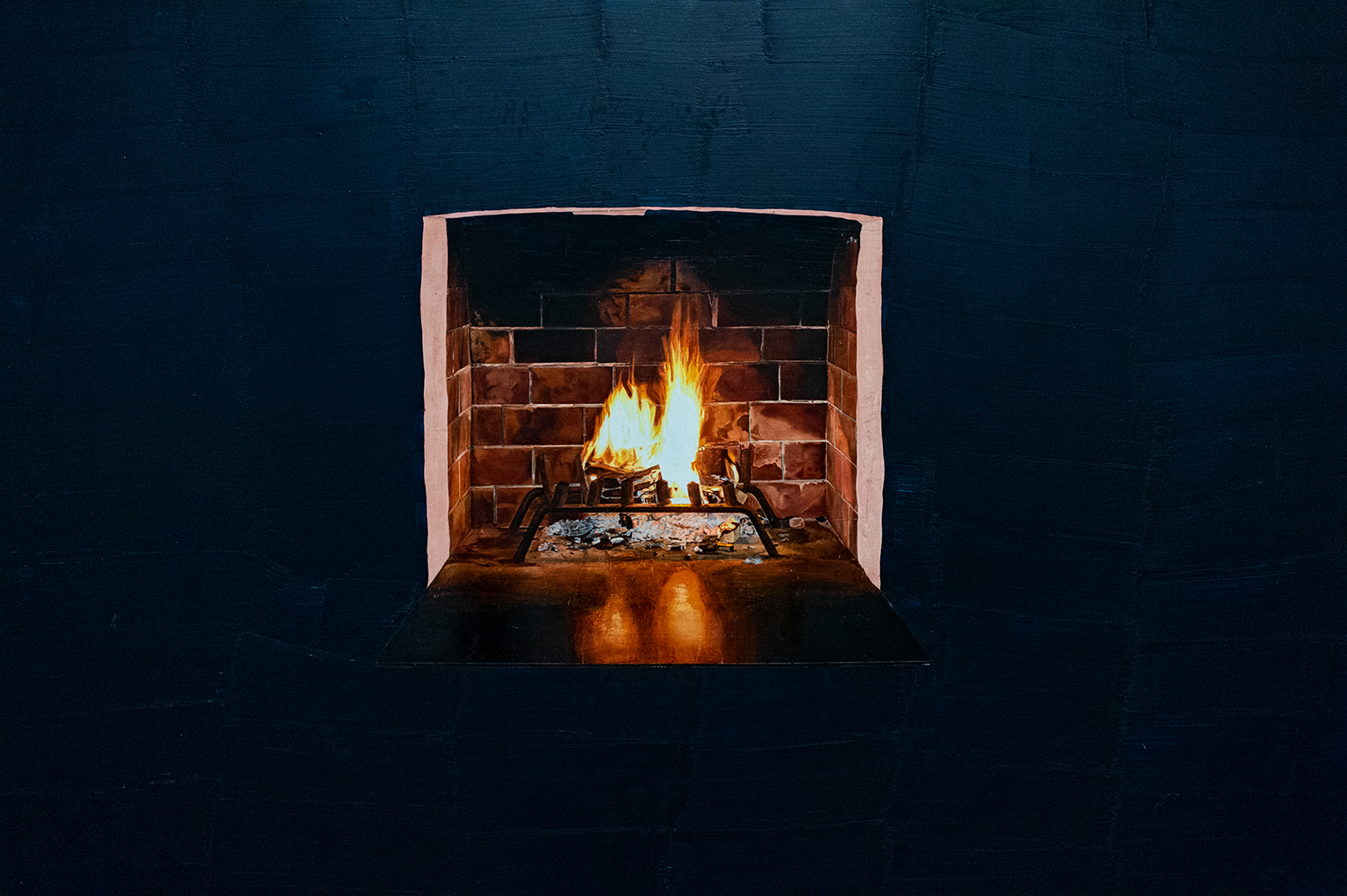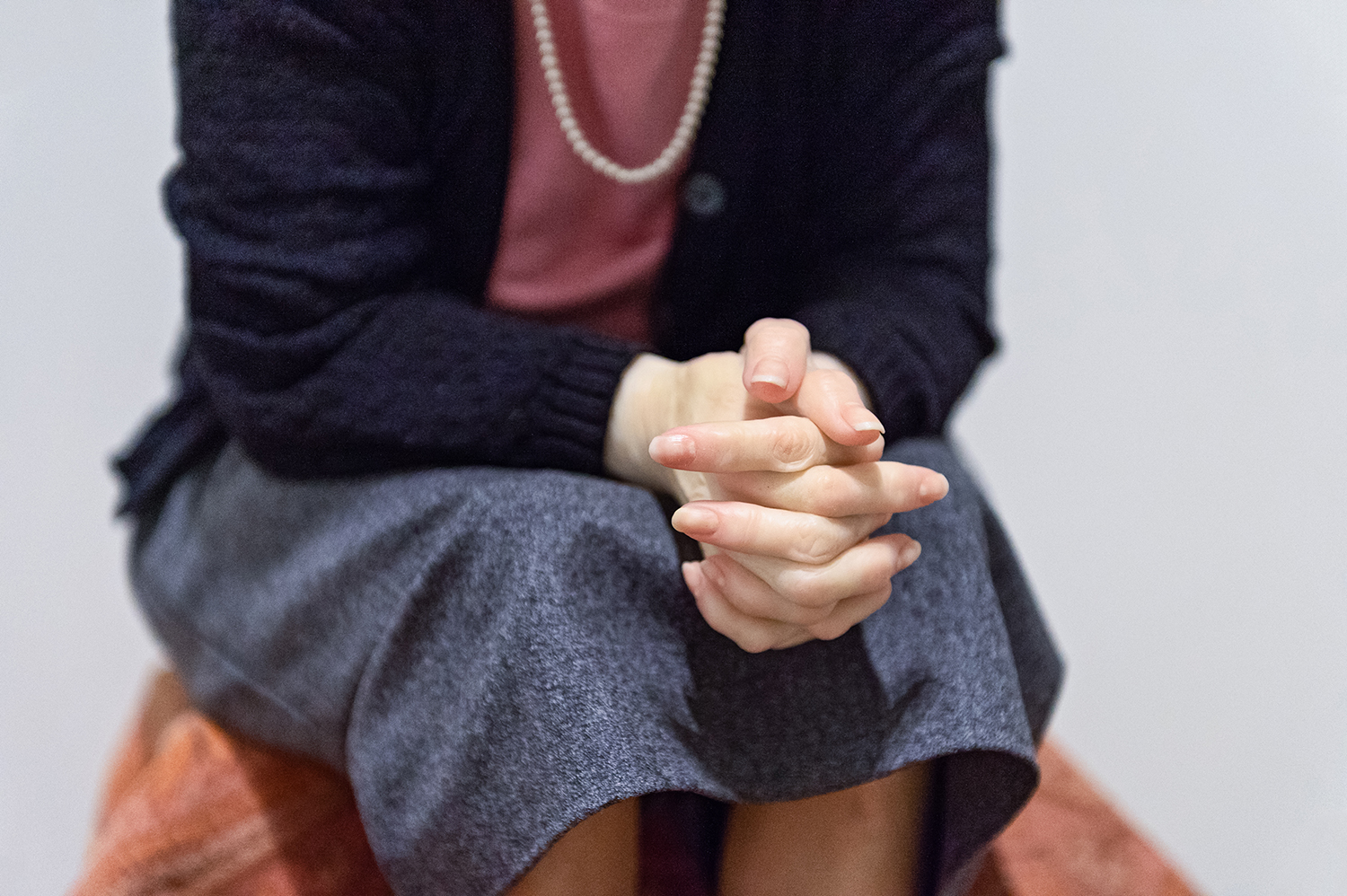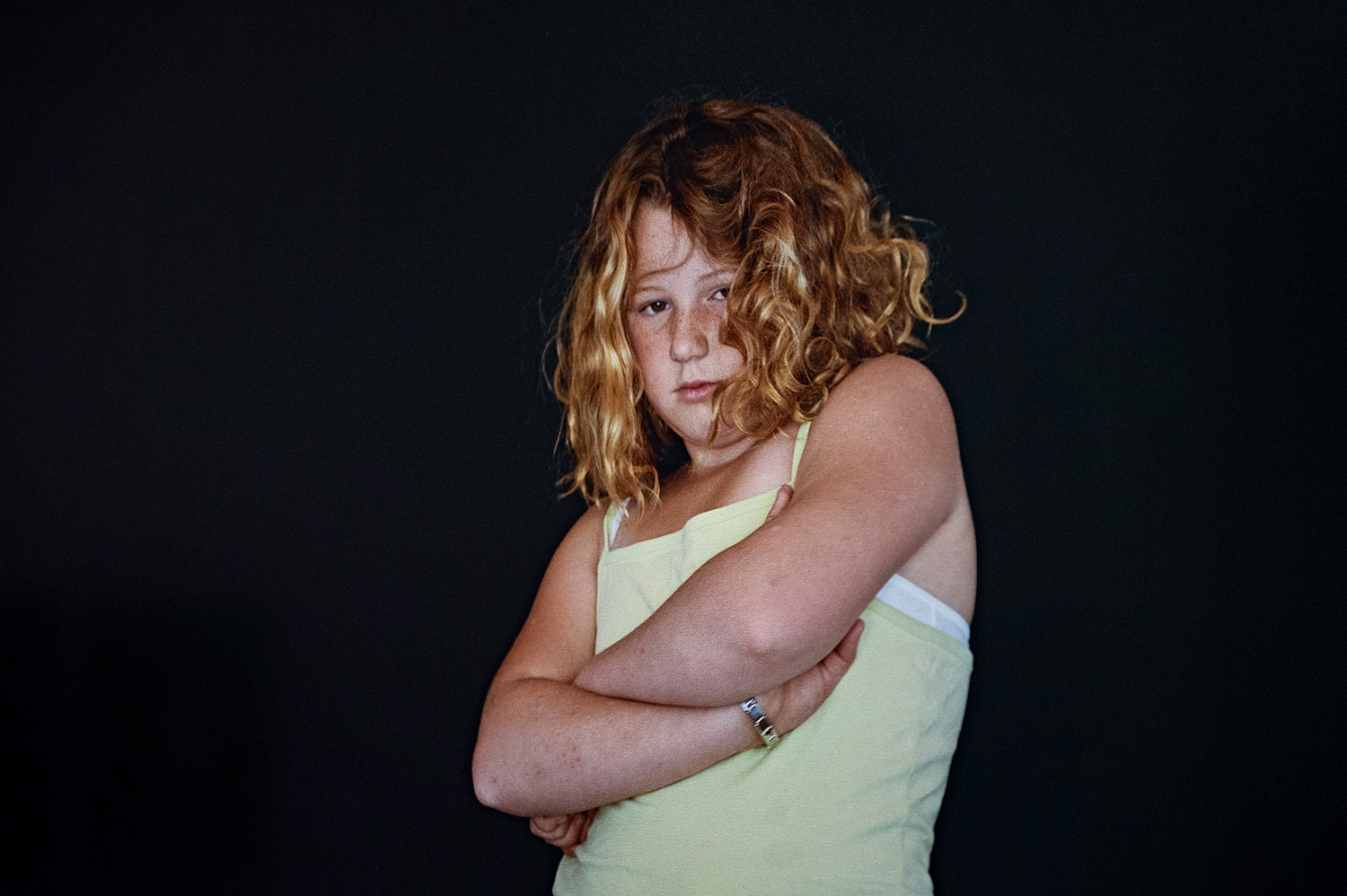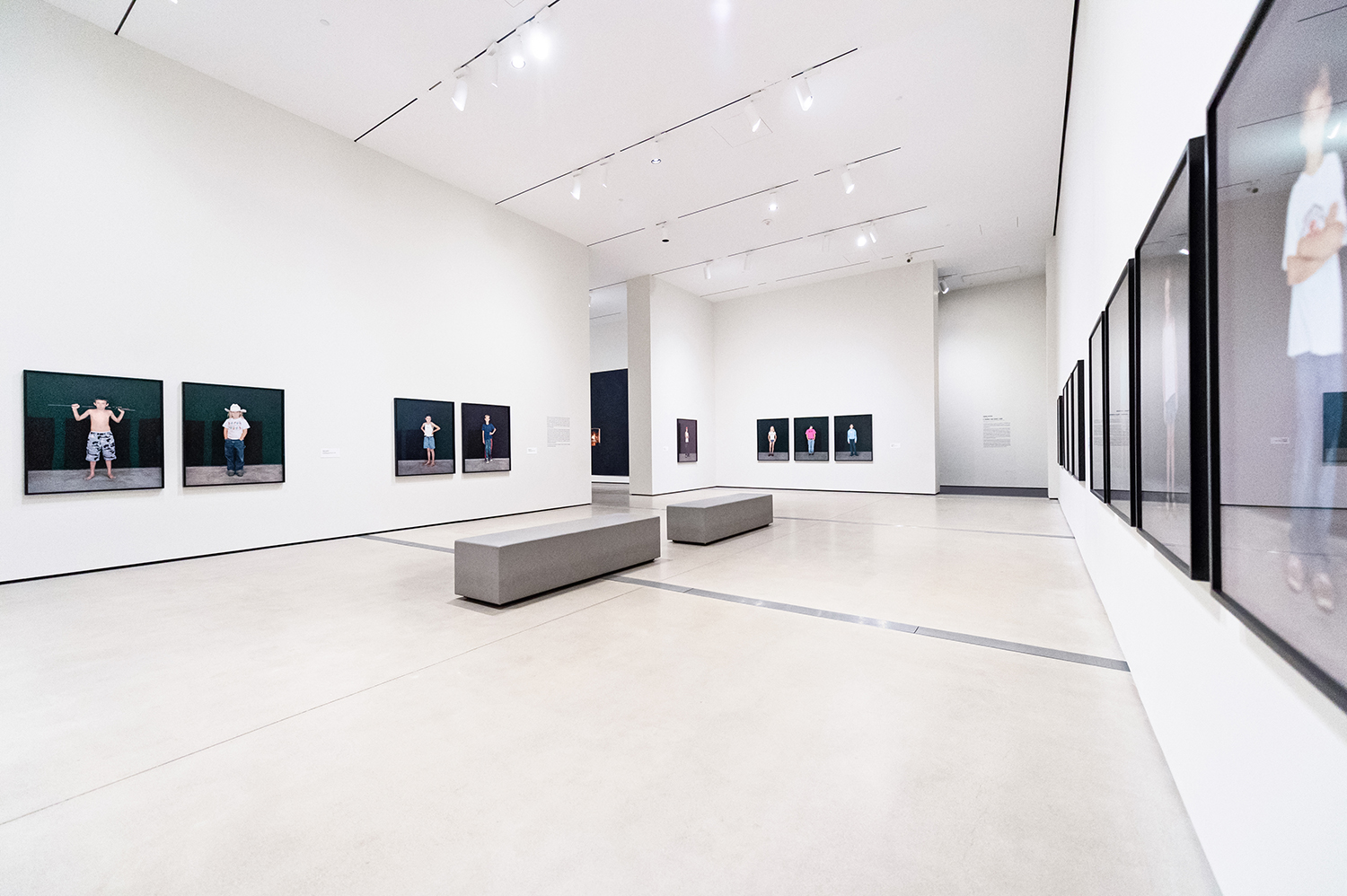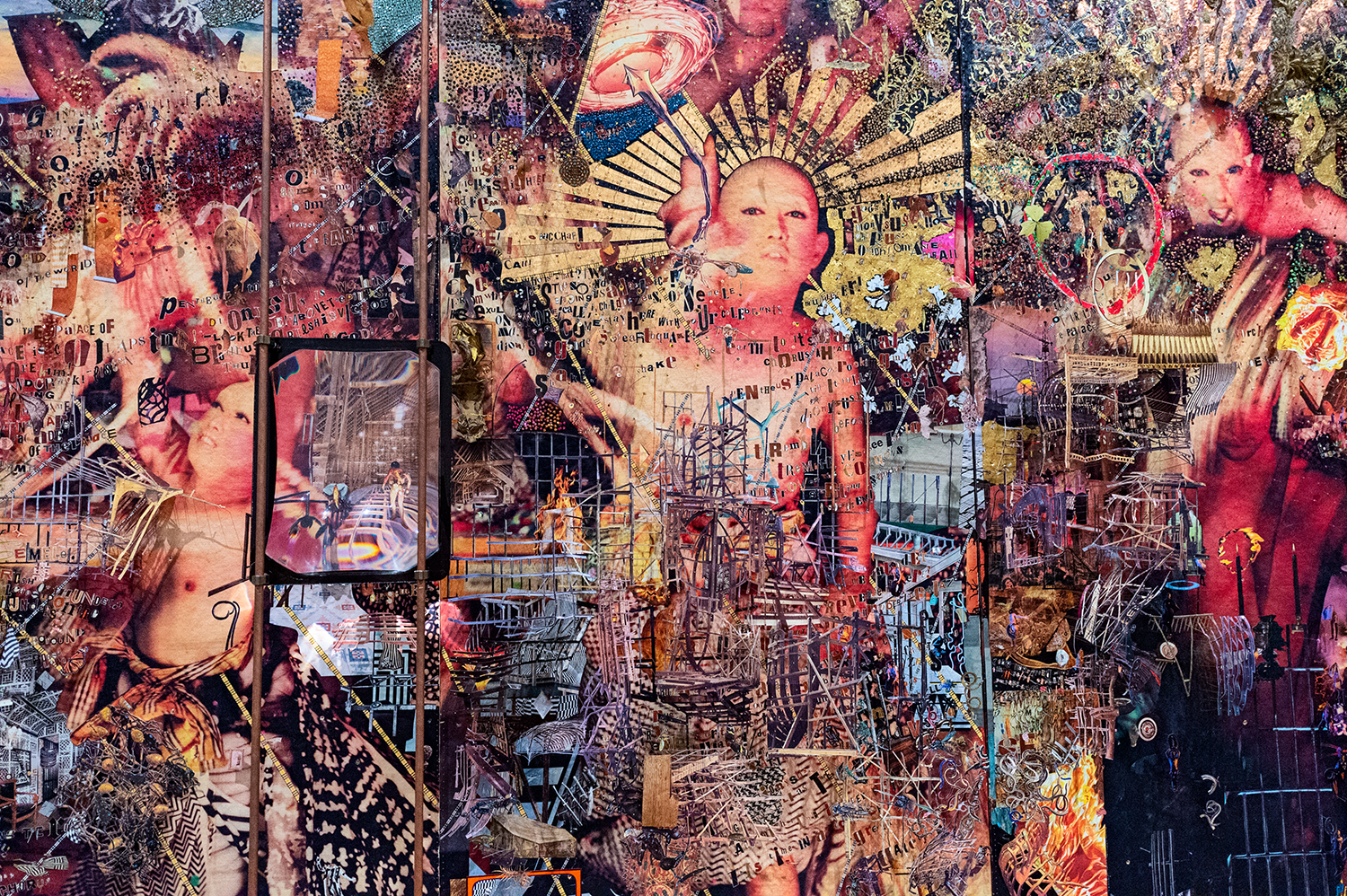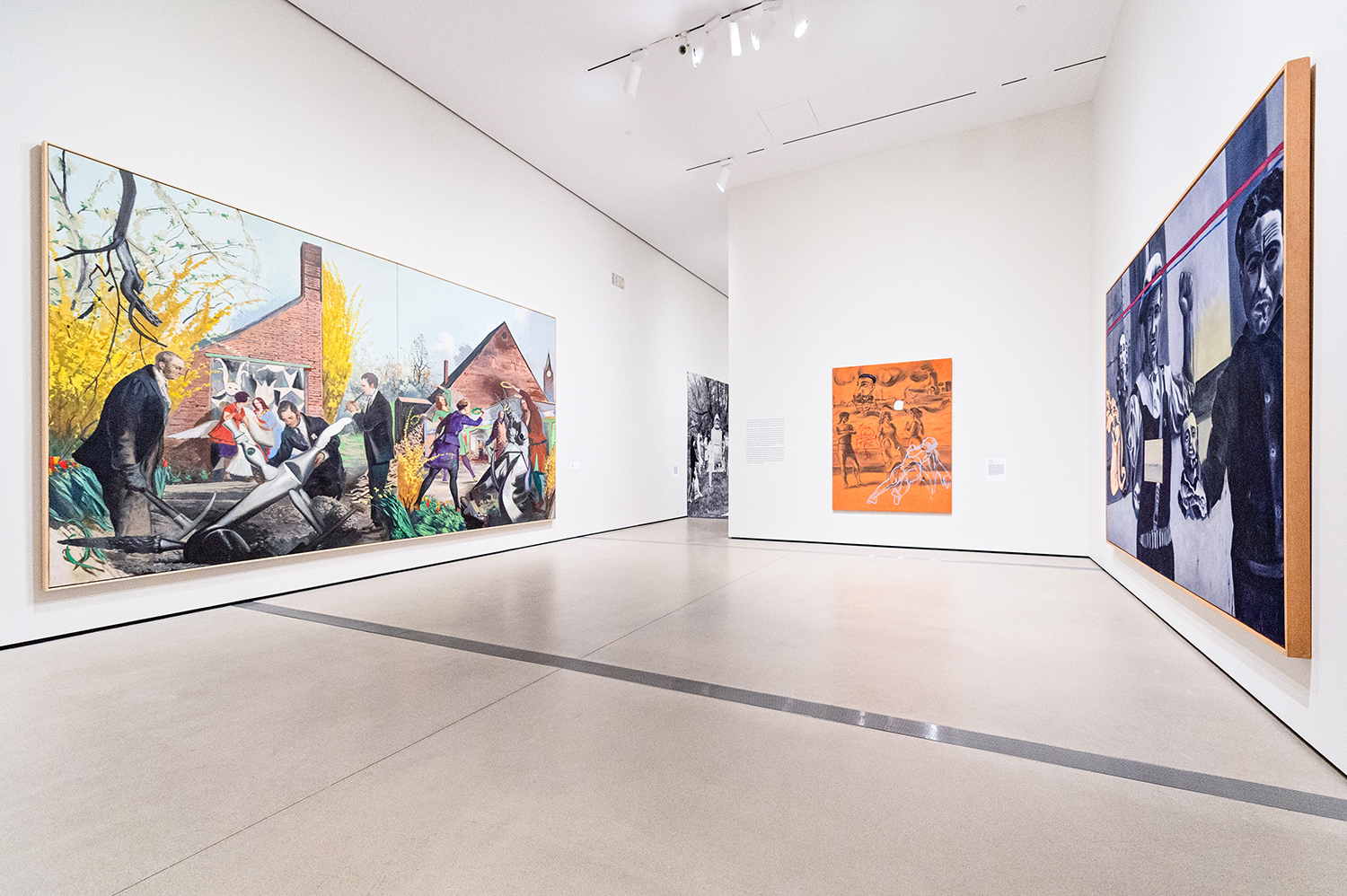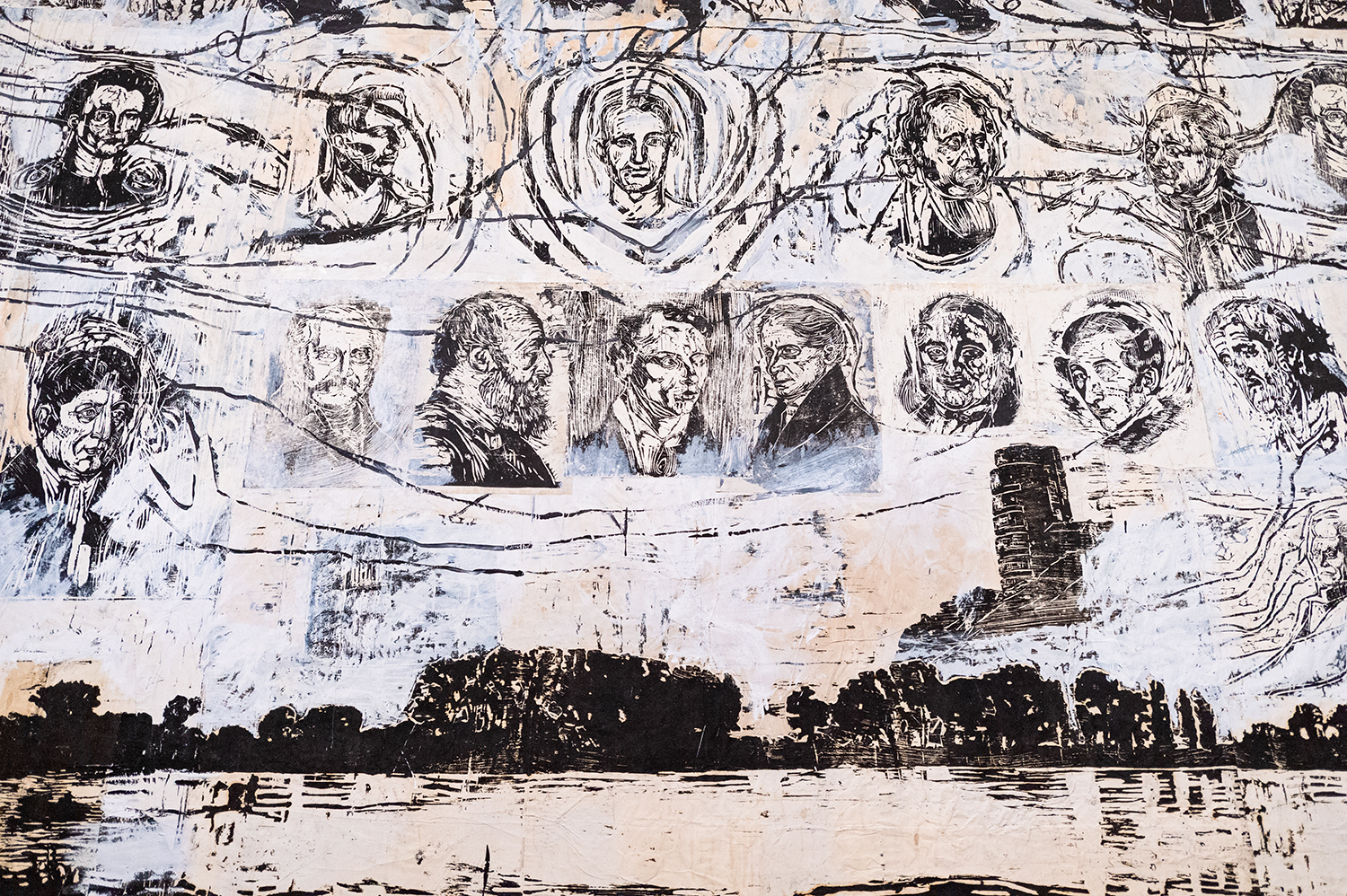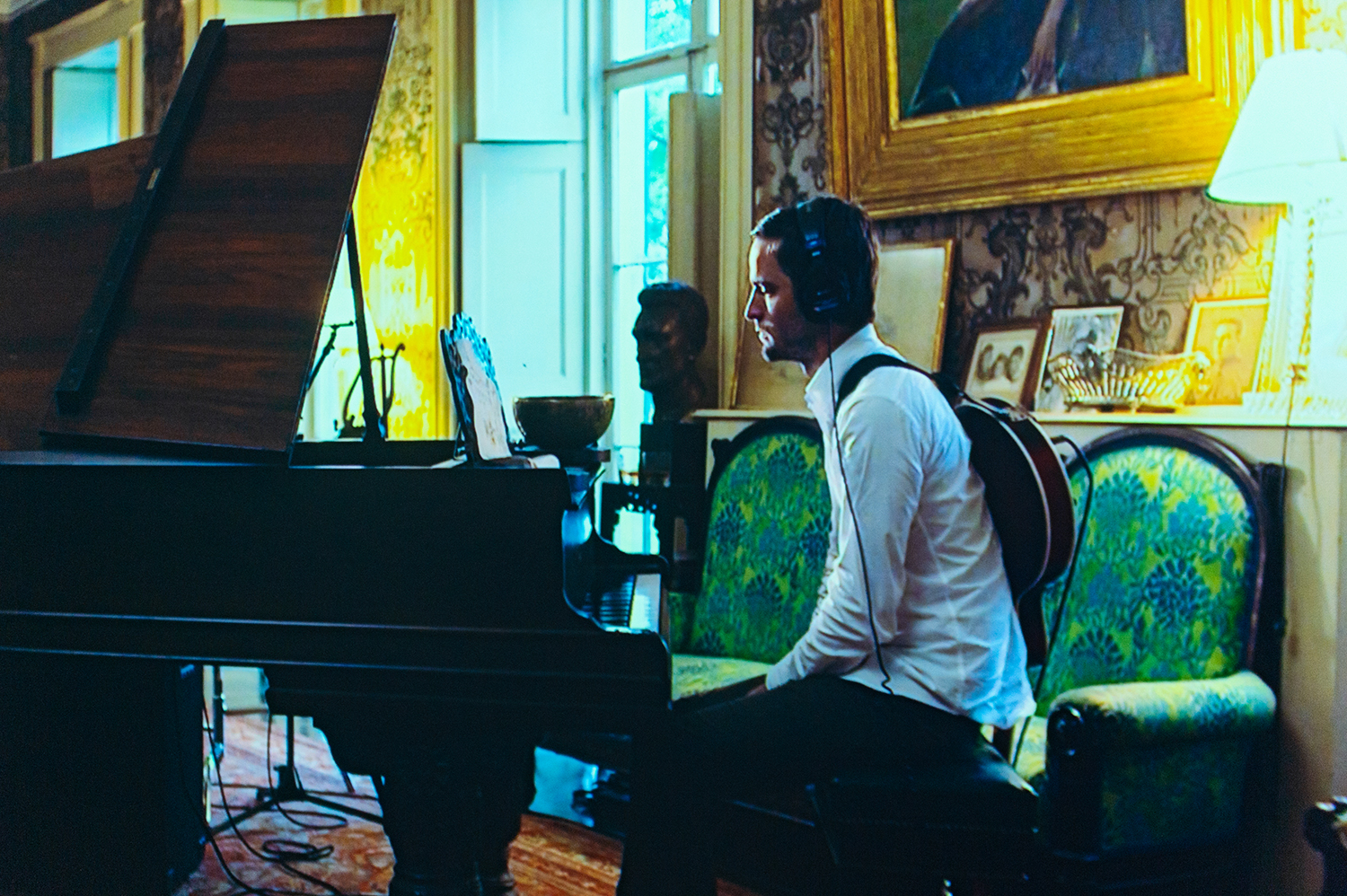A Journey That Wasn't
Bunker Hill— Now on, and running through early 2019, is the 3rd thematic exhibition presented by The Broad since its opening in September 2015. ‘A Journey That Wasn’t’, located in the museum's downstairs gallery, is free to the public with a general admission ticket.
Titled after the Pierre Huyghe film, which holds a screening space within this show, 'A Journey That Wasn’t' is a collection of works curated from The Broad’s vast vault of art. Among the artists on display: Sharon Lockhart, Pierre Huyghe, Andreas Gursky, Elliot Hundley, Sherrie Levine, Paul Pfeiffer and, of course, Ed Ruscha. Ragnar Kjartansson’s, The Visitors, makes its triumphant return withal.
Comprehensively, 'A Journey That Wasn’t' explores time in relation to how an artist captures time, and how we as the viewer perceive time. Joanne Heyler, Founding Director of The Broad, said it best, “Journey focuses on the way artists in The Broad collection have either examined, or embedded into their work, the concept of time, as well as our subjective relationship to time’s passage.”
During an exclusive interview, and tour, curator Ed Schad offered us an in-depth commentary regarding the show, its themes and the way in which the pieces are interwoven throughout the gallery.
ED SCHAD:
What is the concept behind A Journey That Wasn’t?
Loosely, the concept of this show is the passage of time. We came up with the idea because, one of the things about The Broad building itself is that it’s a strange choreography of spaces. It speeds you up, it slows you down ...you wait in line... you go up the escalator, you go into a kind of tunnel and come out into what can be considered an almost heavenly-like space at the top of the museum. Those types of transitions got us thinking about how artists in the collection do that.
When you begin a show like this… how do you move into it?
The work compels the theme. That’s one thing that we believe in completely. We don’t want to force our work into a theme that is more about us than it is about it. So, we kind of dive in and look for connections. For instance, take this gallery and the way it's built.
(Ed takes us back to the first room and points out Ed Ruscha's works hung on the wall beside the entrance.)
You have these three books here, which are mirrored here...
(Ed takes us to the second room and shows us three portraits Janine Antoni took of her parents. When looking from the second room into the first room, Ed Ruscha's three books, and Janine Antoni's portraits mirror each other.)
Then… you walk and you see Charlie with the kids.
(Looking into the third room, from the second, Ed points out a clear connection between Charlie Ray’s series, All My Clothes, and Sharon Lockhart’s Pine Flat Portraits.)
So those are the types of things that come together, that start to build the theme. Little moments of aesthetic resonance, that come together naturally over the course of a year— compelling the theme.
What was the seed that made you want to do this show?
The seed is really this work, by Sharon Lockhart. Kusama was such a blockbuster, and so many of our works here are rooted in pop and images that people recognize instantly. Rightly so, because they’re great works of art, but this work by Sharon really slows things down. This is like The Broad equivalent of Yoga because it takes a long time to get to know this gallery and the little subtle moves.
(Pointing to Sharon's portraits of the children, Ed comments...)
One thing that’s interesting here is that that standard hanging height in a museum is 60 inches on the center. That’s the standard. These are hung almost 10 inches lower on purpose so that it puts you eye level with these children. They’re not posed, and all were allowed to do whatever felt comfortable.
This little guy here reminds me of this great piece by Manet of a pipe player. There’s just something about his manner. I think that Sharon is very attuned to that... the way that they embody the roles that they are trying to take on for themselves. Some are sort of pre-any-idea of gender roles. They are just being themselves, they're kids; and then some, like that one, are playing into it, playing into the idea of what society wants them to be in terms of their gender.
I like to think of this as the heart and soul of the show.
Can you tell us a little something about the show's namesake, Pierre Huyghe, A Journey That Wasn't?
Pierre Huyghe's piece sets off into Antarctica in search of a very rare albino penguin. Really gorgeous. Shot in Antarctica. I won't tell you if you actually see the penguin or not. That’ll have to be a surprise.
The Broad • 221 S. Grand Ave.

